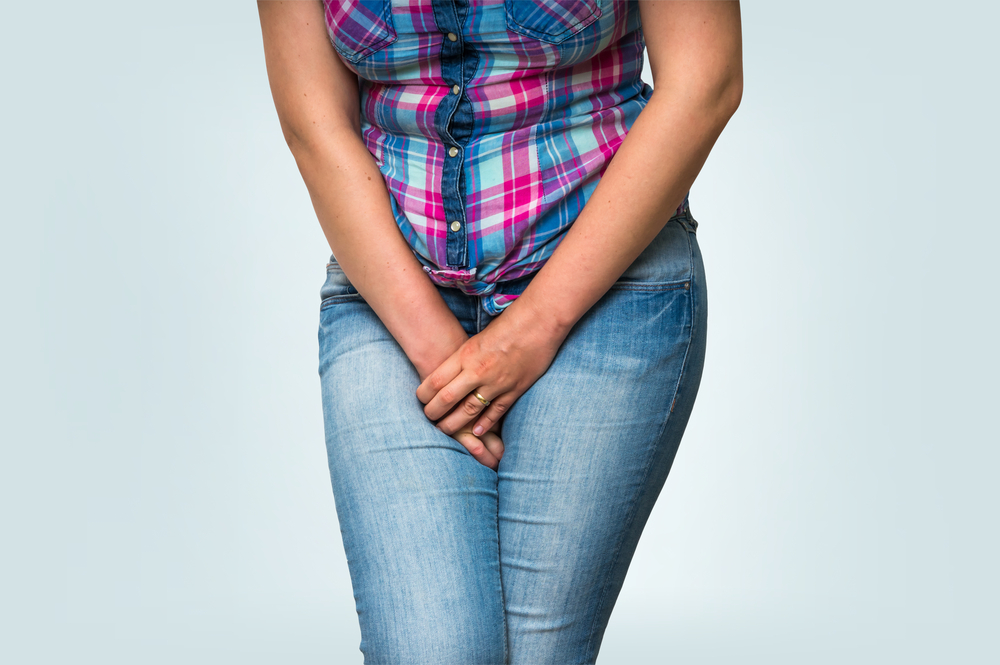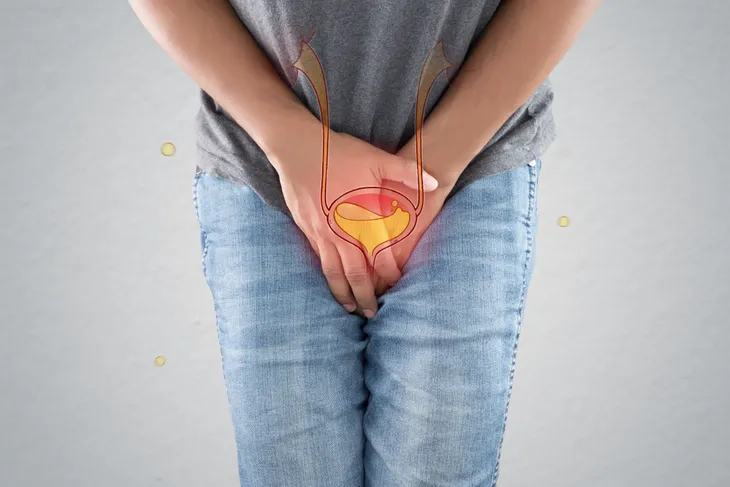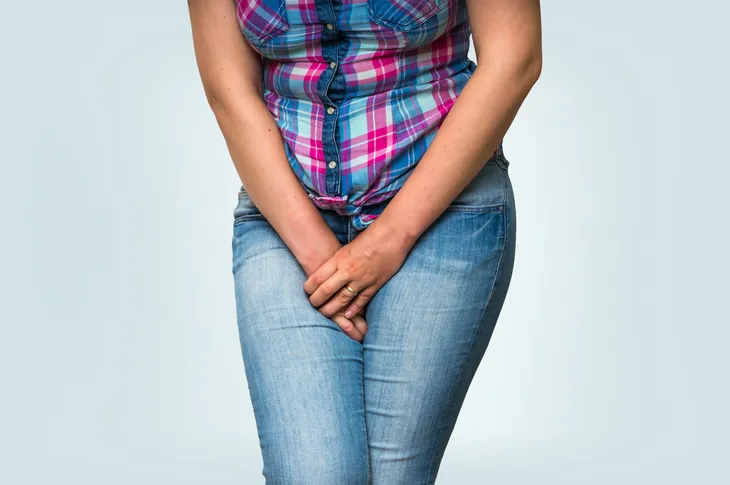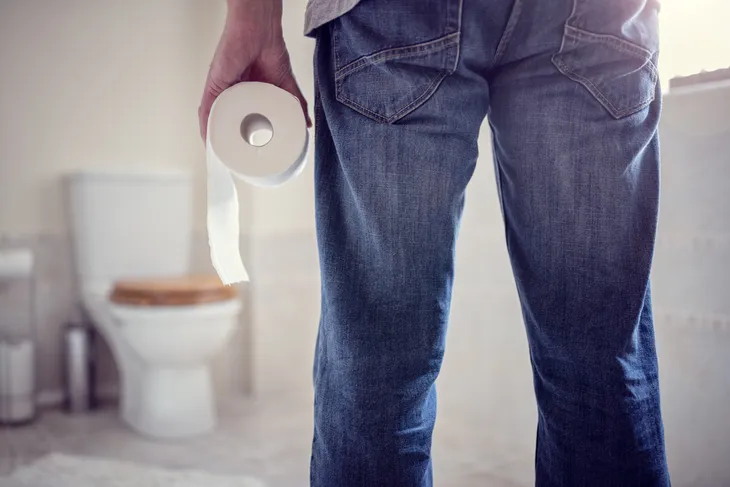- Overactive bladder is a condition that causes a frequent and sudden urge to urinate.
- Even though OAB is common, it’s not a normal part of aging.
- You don’t have to live with the symptoms either. There are lifestyle adjustments and medical treatment strategies available that can help treat the condition.
Do you experience a frequent sudden urge to urinate? Is it sometimes unpredictable? Perhaps you even experience accidents. If this is the case, you might be suffering from an overactive bladder (OAB). OAB is a lot more common than you may think too, affecting about 33 million Americans. While it more commonly affects women, it does affect men too.
The good news is, there are lifestyle adjustments and medical treatment strategies that can help treat OAB. Treatment is important because it won’t resolve on its own. Here’s a comprehensive look at what an overactive bladder is and what you can do about it.
Overactive Bladder vs. Incontinence: What’s the Difference?
It’s important to point out that though incontinence can occur with an overactive bladder, they are two different things. For starters, urinary incontinence is when you involuntarily lose control of your bladder. It often happens when you sneeze, laugh, or do other physical activities. Healthline also explains that urinary incontinence is not a condition, it’s a symptom.
Overactive bladder, on the other hand, is a condition. It causes a frequent and sudden urge to urinate. Sometimes it can be hard to control too. The Urology Care Foundation also emphasizes that an overactive bladder is not a normal part of aging or a normal part of being a woman, despite what some people say. You don’t have to just live with it either — there are treatment options that can help manage the symptoms.
Who Does Overactive Bladder Effect?
While many people think OAB only affects women, men can develop it too. The Urology Care Foundation says that about 30-percent of men and 40-percent of women in the U.S. are living with OAB symptoms. The Cleveland Clinic also notes that it’s more common in people 65-years old and older, however, it’s still possible to experience it at a younger age.
The source also points out that these statistics may actually be higher “because many people may feel embarrassed and won’t get help.” Some people may not know how to talk about their symptoms with their doctor or they avoid bringing it up because they don’t think there are treatment options available.
What Causes Overactive Bladder?
According to the Urology Care Foundation, there are two main causes of an overactive bladder. The first is a signal problem between your bladder and brain. The source explains that with a healthy bladder, “signals in your brain let you know that your bladder is getting full or is full, but you can wait to go to the bathroom.” But when the signals don’t work properly, an overactive bladder can develop. This can cause signals that tell you to empty the bladder even when it’s not full.
The second possible cause is overactive muscles in the bladder. The source explains that this means your bladder muscles contract to pass urine before it’s even full. As a result, this can cause a sudden and urgent need to urinate.
Risk Factors
The Cleveland Clinic says certain conditions and injuries that impact your detrusor muscle (a group of smooth muscle fibers in the wall of your bladder) can increase your risk of an overactive Bladder. For starters, abdominal trauma, such as pregnancy and childbirth can increase your risk because it can weaken your pelvic muscles and your bladder may “sag out of its normal position if your pelvic muscles weaken.”
Nerve damage from pelvic or back surgery, herniated discs, a stroke, Parkinson’s disease, or multiple sclerosis can also increase your risk. The source also notes that hormonal changes, side effects of certain medications, and being overweight can also increase your risk. As can having an infection like a urinary tract infection (UTI). If you’re worried about your risk of an overactive bladder, talk to your doctor.
Common Signs You Have an Overactive Bladder
The telltale sign of an overactive bladder is a sudden and strong urge to urinate. It can be so strong that it’s impossible to ignore and you’ll likely be afraid of having an accident if you don’t go to the bathroom immediately. The Urology Care Foundation says you may or may not actually leak. The source says other signs to look out for include:
- A frequent need to urinate (more than usual). While the number of times can vary from person to person, the source says many experts say going to the bathroom more than eight times in 24-hours is considered frequent.
- Urge incontinence, which means you leak urine when you feel the sudden urge to urinate.
- Nocturia, which is the need to urinate more than once at night.
When to See a Doctor
Overactive bladder isn’t only annoying, but it can be stressful and take a serious toll on your quality of life. For some people, symptoms can be so severe that they begin to withdraw from activities they enjoy because they’re afraid of being too far from a bathroom. With that in mind, you should see your doctor right away if you’re showing signs.
The Cleveland Clinic also points out that symptoms won’t go away on their own, so it’s important to receive a proper diagnosis from a health professional. From there, your medical team will be able to determine the best treatment plan for you.
How Is Overactive Bladder Diagnosed?
To diagnose an overactive bladder, your doctor will start by reviewing your medical history and symptoms, and perform a physical examination. It’s important to provide your doctor with as much information as possible, such as the symptoms you’re experiencing, when they started, and if they’ve changed over time.
Your doctor may also inquire about current medications, the types of fluids you drink during the day, what you eat, and if you have a family history of an overactive bladder. The Cleveland Clinic notes, they may also refer you to a urologist. A urologist specializes in conditions and ailments that affect your urinary tract and reproductive system.
 S_L / Shutterstock
S_L / ShutterstockCommon Diagnostic Tests
To confirm a diagnosis, your doctor or urologist may order a variety of tests. One possible test is a urinalysis, which is a urine test that looks for bacteria as well as red and white blood cells that may indicate you have an infection. Your doctor may also request urodynamic testing which measures how much urine remains in your bladder after you go to the bathroom. It also measures how much you urinate, how quickly, and how much pressure is on your bladder as it fills with urine.
Imaging tests may be necessary too, such as an ultrasound or computed tomography (CT) scan. These tests can provide your healthcare provider with detailed images of your bladder.
Finally, your provider may also request a cystoscopy. This involves using an instrument called a cystoscope, which looks inside your bladder. Numbing gel (or general anesthesia if necessary) is used to ensure you don’t feel pain during this test.
How Is Overactive Bladder Treated?
Treatment options for overactive bladder can vary but the Mayo Clinic says a combination of strategies is often the best approach. Treatment may involve lifestyle adjustments like managing a healthy weight as being overweight may worsen symptoms.
Treatment may also involve pelvic floor exercises and bladder training. In some cases, medication or injections may also be necessary. And finally, if you don’t respond to other treatments, surgery may be the last resort.
The Cleveland Clinic also says a bladder diary may help identify triggers and the cause of OAB. In your diary keep note of what you drink, how much you drink, what you eat, and how often you urinate. If you experience any accidents, make note of that too. Also, note how often you feel the urgent need to urinate and if anything caused you to urinate, such as coughing or laughing. Providing this information to your doctor can be very helpful.
Treatment: Pelvic Floor Exercises and Bladder Training
Pelvic floor exercises and Kegel exercises aim to strengthen your pelvic floor muscles and urinary sphincter. The Mayo Clinic explains that by strengthening these muscles, you’ll have better control over your bladder’s involuntary contractions. A doctor or physical therapist can teach you how to do these exercises correctly. In order for them to be effective, it’s important to follow their instructions and do them regularly.
Another treatment strategy is bladder training. The source explains that this involves “training yourself to delay voiding when you feel an urge to urinate.” Start with small delays, such as 30-minutes, and slowly work your way up to urinating every 3- to 4-hours. The source also notes that bladder training is only possible if you successfully tighten your pelvic floor muscles.
Other Lifestyle Adjustments
Your doctor may also recommend wearing absorbent pads or undergarments to help avoid embarrassing incidents. This can also help you participate in activities you enjoy.
Scheduling bathroom trips may also be beneficial. The source explains that scheduling a toilet break every 2- to 4-hours can help you urinate at the same time every day instead of waiting until you have the urge.
Finally, the Cleveland Clinic says you may need to make a few dietary adjustments, such as cutting back on drinks or foods that may irritate the bladder. These may include tea, coffee, other caffeinated drinks, alcohol, chocolate, spicy or acidic food and drinks, tomatoes and tomato-based products, fruit juices, and foods and drinks that contain artificial sweeteners.
Other Medical Treatments
In some cases, medications that relax the bladder may help relieve symptoms. But which medications are right for you will be up to your doctor.
Bladder injections, such as Botox, are another treatment option. The Mayo Clinic explains that injections can help relax the muscles to help ease your symptoms. It’s worth noting the effects are temporary (lasting about 6-months) and repeated injections will be necessary. It does also come with possible side effects such as UTIs and urinary retention, so it’s important to discuss this with your doctor.
The source also notes that nerve stimulation and percutaneous tibial nerve stimulation are other potential treatment options. These strategies aim to regulate the nerve impulses to your bladder.
Treatment: Surgery
In severe cases and when you don’t respond to other treatment options, surgery may be necessary. The Mayo Clinic says that the goal of surgery is to “improve the bladder’s ability to store urine and reduce pressure in the bladder.” But the source notes, surgery won’t relieve bladder pain.
The two surgical options include a procedure to increase bladder capacity and bladder removal. The first option involves using pieces of your bowel to replace a portion of your bladder. A bladder removal, on the other hand, is a last resort and involves completely removing the bladder and “surgically constructing a replacement bladder (neobladder) or an opening in the body (stoma) to attach a bag on the skin to collect urine.”
Can You Prevent Overactive Bladder?
Adopting healthy habits may help reduce your risk of developing an overactive bladder. Some healthy habits may include:
- Maintaining a healthy weight.
- Exercising regularly.
- Drinking a healthy amount of fluids every day. Too much can worsen symptoms and not drinking enough can irritate your bladder.
- Limit caffeine and alcohol intake.
- Manage chronic conditions that may contribute to OAB.
- Perform pelvic floor exercises.
















